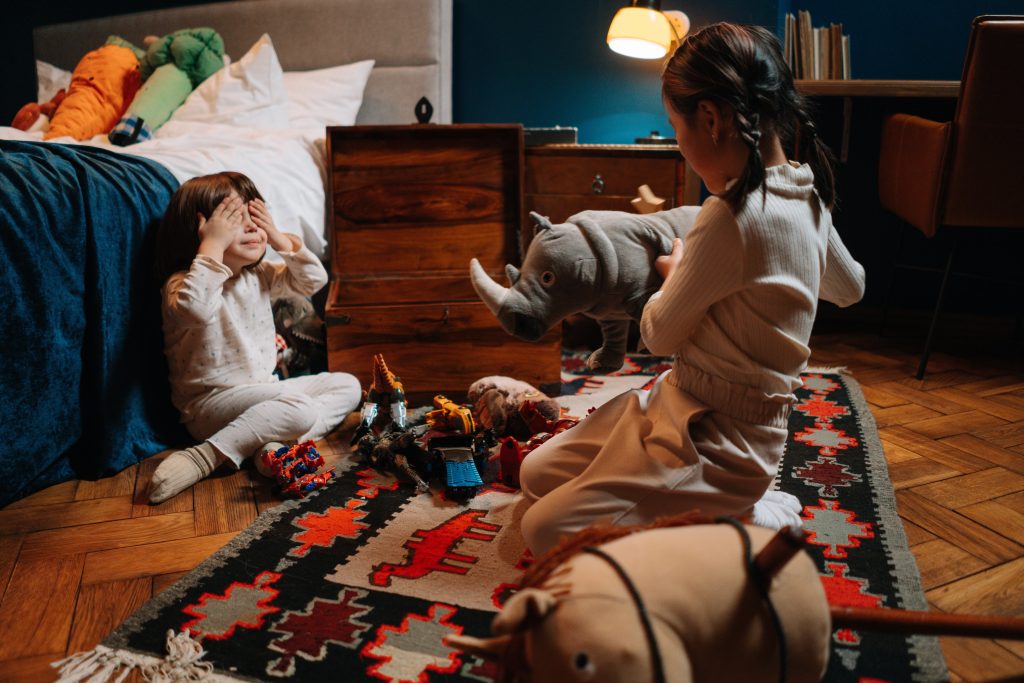Why is it called a Plush Toy?
Why is it called a Plush Toy? In the world of cuddly companions and huggable friends, plush toys have secured a special place. Let’s embark on a journey to unravel the mysteries behind the endearing term “plush” and explore the multifaceted aspects that make these toys a global phenomenon.

Introduction: Why is it called a Plush Toy?
A. Definition of a Plush Toy
Plush toys, often called stuffed animals or soft toys, are cuddly, stuffed creatures made with fabric and filled with materials like cotton, beans, or synthetic fibers. These comforting companions have become an integral part of childhood and extend their charm into adulthood.
B. Popularity and Ubiquity
From teddy bears to cartoon characters, plush toys have captured the hearts of people worldwide. Understanding the origins and evolution of these cuddly creations sheds light on the endearing term “plush.”
Origin and Evolution
A. Historical Roots
The roots of plush toys can be traced back to ancient civilizations, where stuffed animals were crafted as symbols of protection and good fortune. However, it was during the 19th century that the concept of the plush toy as we know it today began to take shape.
B. Technological Advancements
Advancements in manufacturing techniques and materials in the 20th century led to the mass production of plush toys. This revolutionized the industry, making these toys more accessible to people of all ages.
Materials Used
A. Traditional Fabrics
Early plush toys were often crafted from traditional fabrics like mohair and wool. These materials added a tactile softness, contributing to the overall appeal of the toys.
B. Eco-Friendly Options
In recent times, there’s a growing trend towards eco-friendly plush toys, utilizing materials such as organic cotton and recycled fibers. This shift aligns with the increasing awareness of environmental sustainability.
Cultural Impact
A. Iconic Plush Characters
Plush toys have transcended being mere playthings, becoming iconic characters in their own right. Think of teddy bears and Disney characters – these plush companions have left an indelible mark on popular culture.
B. Psychological Comfort
Beyond entertainment, plush toys offer psychological comfort. Studies have shown that these soft, cuddly creatures can alleviate stress and anxiety, providing emotional support to both children and adults.
Manufacturing Process
A. Traditional Methods
Historically, plush toys were handmade, each one a unique creation. Skilled artisans meticulously sewed and stuffed these toys, infusing a personal touch into every piece.
B. Modern Techniques
With technological advancements, the manufacturing process has evolved. Mass production involves cutting-edge machinery, allowing for consistent quality and affordability.
Collectibles and Trends
A. Nostalgia-driven Collections
Collecting plush toys has become a hobby for many, driven by nostalgia for childhood favorites. Limited-edition releases and collaborations with popular brands fuel the collector’s market.
B. Emerging Trends
New trends, such as interactive plush toys and virtual collectibles, showcase the industry’s ability to adapt to changing consumer preferences.
Plush Toys in Pop Culture
A. Movies and TV Shows
Plush toys often find their way onto the big screen and TV shows, further cementing their place in popular culture. Think of iconic characters like Winnie the Pooh and Paddington Bear.
B. Influencer Endorsements
Social media influencers and celebrities contribute to the plush toy craze by showcasing their collections and even designing their own limited-edition toys.

Challenges in the Industry
A. Environmental Concerns
The plush toy industry faces challenges related to environmental impact, prompting a shift towards sustainable practices and materials.
B. Competition and Market Trends
With a saturated market, staying relevant requires innovation and understanding emerging consumer trends.
The Appeal to All Ages
A. Children’s Companionship
For children, plush toys are more than playthings; they are companions that provide a sense of security and comfort.
B. Adult Collectors
Surprisingly, plush toys have found a dedicated fan base among adults who appreciate the nostalgia, craftsmanship, and emotional value of these cuddly creatures.
Beyond Entertainment
A. Therapeutic Uses
Plush toys have therapeutic applications, aiding individuals with anxiety or those undergoing medical treatments.
B. Educational Tools
In educational settings, plush toys are used to make learning more engaging and enjoyable for young learners.
The Terminology Unveiled
A. The “Plush” Definition
The term “plush” originates from the French word “pluche,” meaning “plush fabric” or “pile.” It aptly describes the soft, luxurious texture of these toys.
B. Linguistic Evolution
Over time, the term “plush” has evolved to encompass a broader range of soft and luxurious items beyond just fabric.
DIY Plush Culture
A. Crafting Communities
DIY plush enthusiasts form communities, sharing patterns, tips, and showcasing their unique creations.
B. Personalized Plush
The rise of personalized plush toys allows individuals to create custom designs, adding a touch of uniqueness to their cuddly companions.
Behind the Scenes: Designers and Creators
A. Celebrated Plush Designers
Talented designers play a crucial role in bringing plush toys to life. Some gain celebrity status for their innovative and beloved creations.
B. Creative Processes
Understanding the creative processes involved in designing plush toys adds depth to our appreciation for these cuddly companions.
Global Variations
A. Cultural Adaptations
Plush toys vary globally, with different cultures influencing the design, themes, and materials used in creating these endearing companions.
B. Regional Preferences
Preferences for certain types of plush toys can be influenced by regional tastes and cultural norms.
Conclusion
A. The Timeless Allure of Plush Toys
In conclusion, the allure of plush toys is timeless, bridging generational gaps and providing comfort and joy to people of all ages.
B. Future Prospects
As the plush toy industry evolves, embracing sustainability and innovation, the future looks promising for these cuddly companions.




Leave a comment